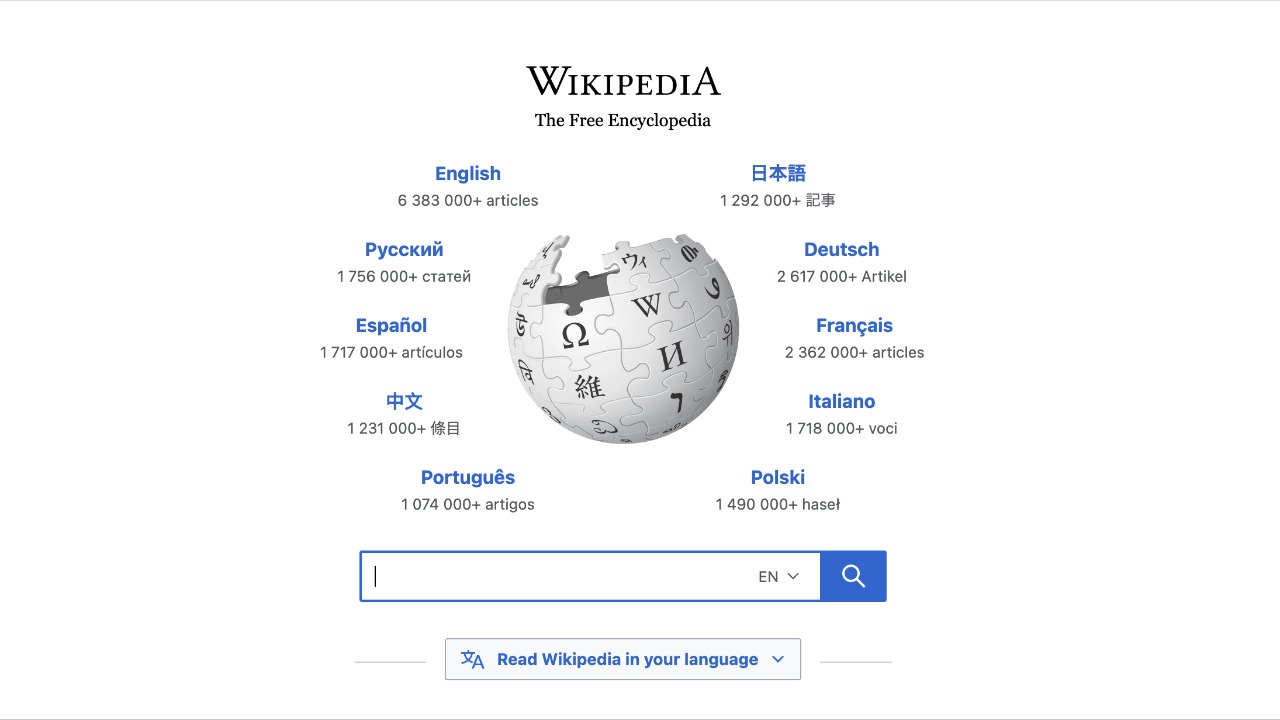
In an unprecedented move, the Wikipedia page on “brain rot” has been put under protection until 2026 due to a wave of extensive vandalism. This decision, a response to repeated disruptions, highlights the challenges of managing rapidly evolving internet slang entries on the platform.
The Decision to Protect the Page
Wikipedia administrators, in response to ongoing vandalism, have taken the significant step of protecting the “brain rot” page until 2026. This action, as reported by Futurism, is a clear demonstration of the platform’s commitment to maintaining the integrity of its content. The protection level implemented restricts editing access, effectively preventing anonymous users from making changes to the page.
The decision to enforce this protection policy is timely, given the rising instances of vandalism on the page. It underscores the importance of maintaining accurate and reliable information on the platform, particularly for entries that are subject to rapid changes and interpretations in online culture.
Understanding “Brain Rot” as a Term
The term “brain rot” has emerged from online culture and has become a topic of interest and discussion. Its relevance in digital media discourse is significant, as it often serves as a metaphor for the perceived negative impact of excessive digital media consumption. However, the term’s popularity has also made its Wikipedia page a target for vandalism.
Despite the challenges, the core definition and usage of “brain rot” have been preserved on the page, thanks to the efforts of diligent Wikipedia editors and the implementation of the protection policy. This ensures that users seeking information on the term can still access accurate and reliable content.
Patterns of Vandalism on the Page
The “brain rot” page has been subject to what can only be described as “extensive vandalism,” as detailed in the Futurism report. The nature of these disruptions varies, but they all contribute to a degradation of the page’s content reliability.
Such repeated instances of vandalism have necessitated the implementation of the protection policy, which will remain in effect until 2026. This measure is expected to significantly reduce the instances of vandalism and improve the overall quality and reliability of the page’s content.
Wikipedia’s Response Mechanisms
Wikipedia has a robust system in place for protecting pages from vandalism. In the case of the “brain rot” page, the protection will last until 2026, a timeframe that underscores the severity of the vandalism issue. Administrators play a crucial role in monitoring the page and enforcing the protection policy, ensuring that the integrity of the content is maintained.
This case serves as an example of the broader tools and mechanisms that Wikipedia employs to handle vandalism, particularly on high-traffic slang entries. It demonstrates the platform’s commitment to maintaining the accuracy and reliability of its content, even in the face of persistent disruptions.
Implications for Online Encyclopedia Management
The challenges of managing volatile topics like “brain rot” are significant. The balance between open collaboration and content stability is a delicate one, as the extensive vandalism issue has shown. The decision to protect the page until 2026 is a concrete example of how Wikipedia is addressing this balance.
Such measures can elicit mixed reactions from the user community. While some may view it as a necessary step to preserve the integrity of the content, others may see it as a restriction on the open collaboration that is a hallmark of the platform. Regardless, the primary goal remains the same: to provide accurate and reliable information to users.
Looking Ahead to 2026
As the protection on the “brain rot” page is set to expire in 2026, there will likely be a review process to assess the state of the page and determine the next steps. The Futurism report suggests that the risk of vandalism may persist post-protection, indicating the need for continued vigilance.
Strategies for monitoring similar pages will likely be developed and implemented, using the lessons learned from the “brain rot” page as a guide. As we move closer to 2026, it will be interesting to see how Wikipedia continues to evolve its policies and mechanisms to combat vandalism and maintain the integrity of its content.
More from MorningOverview